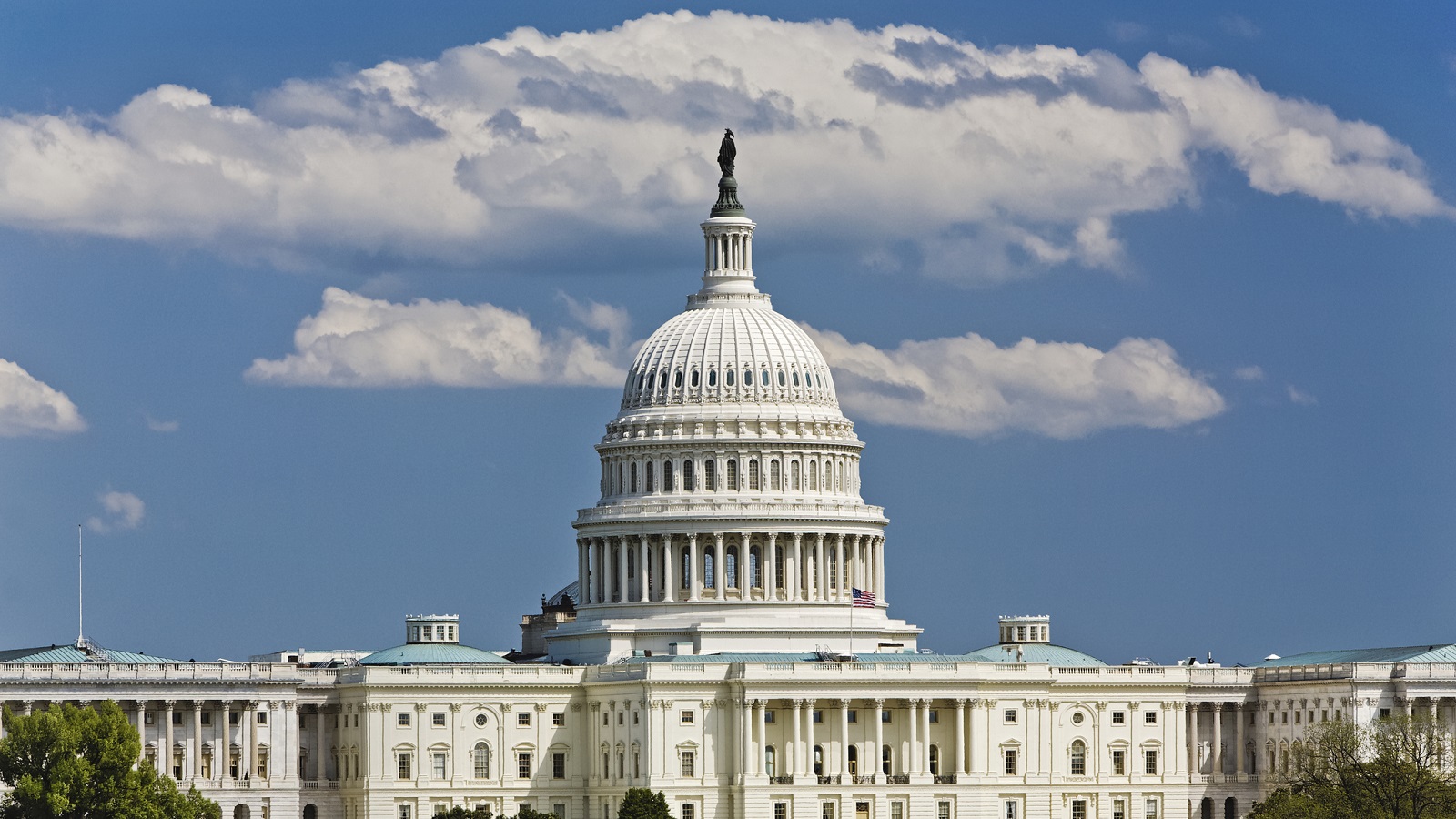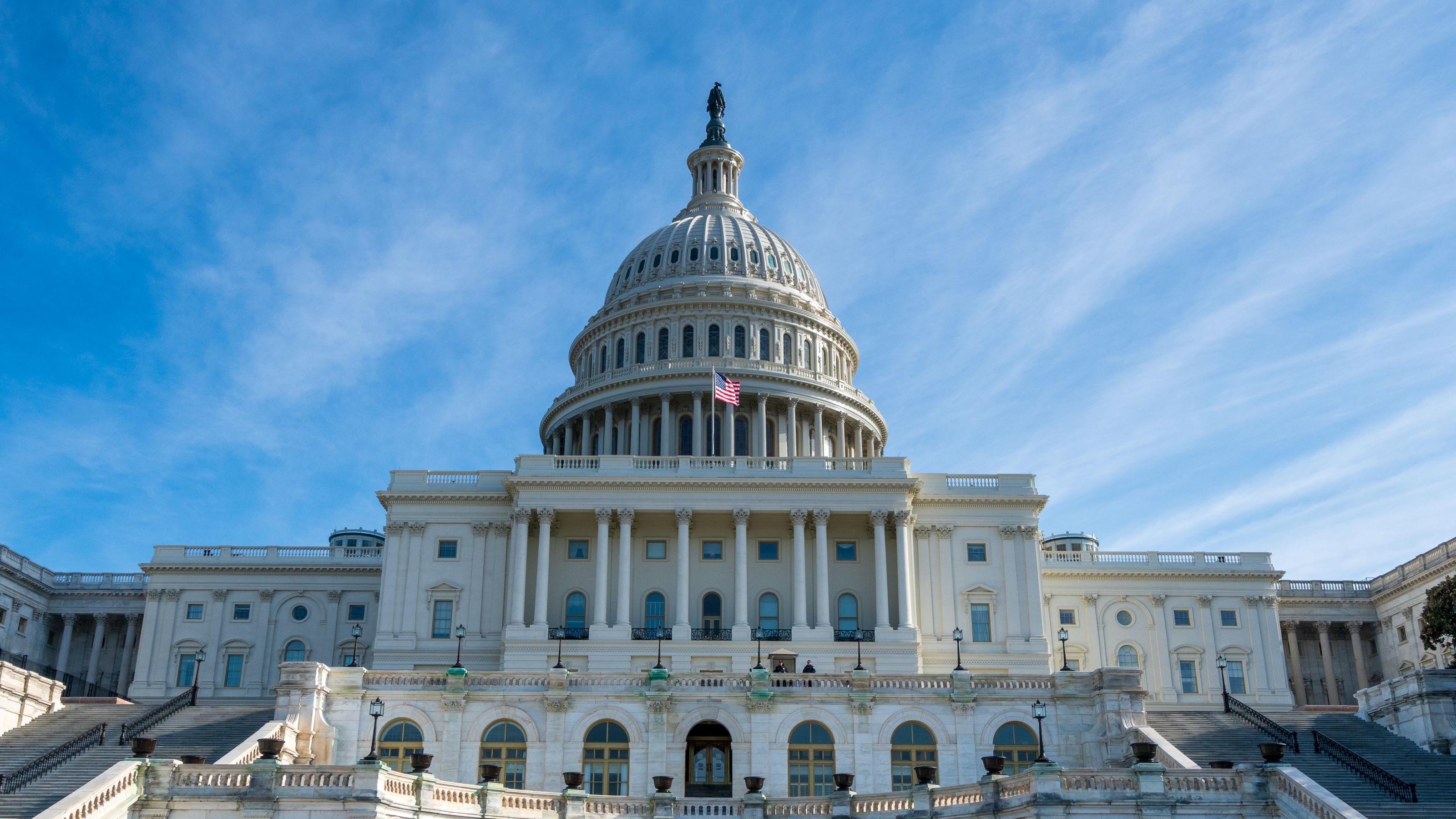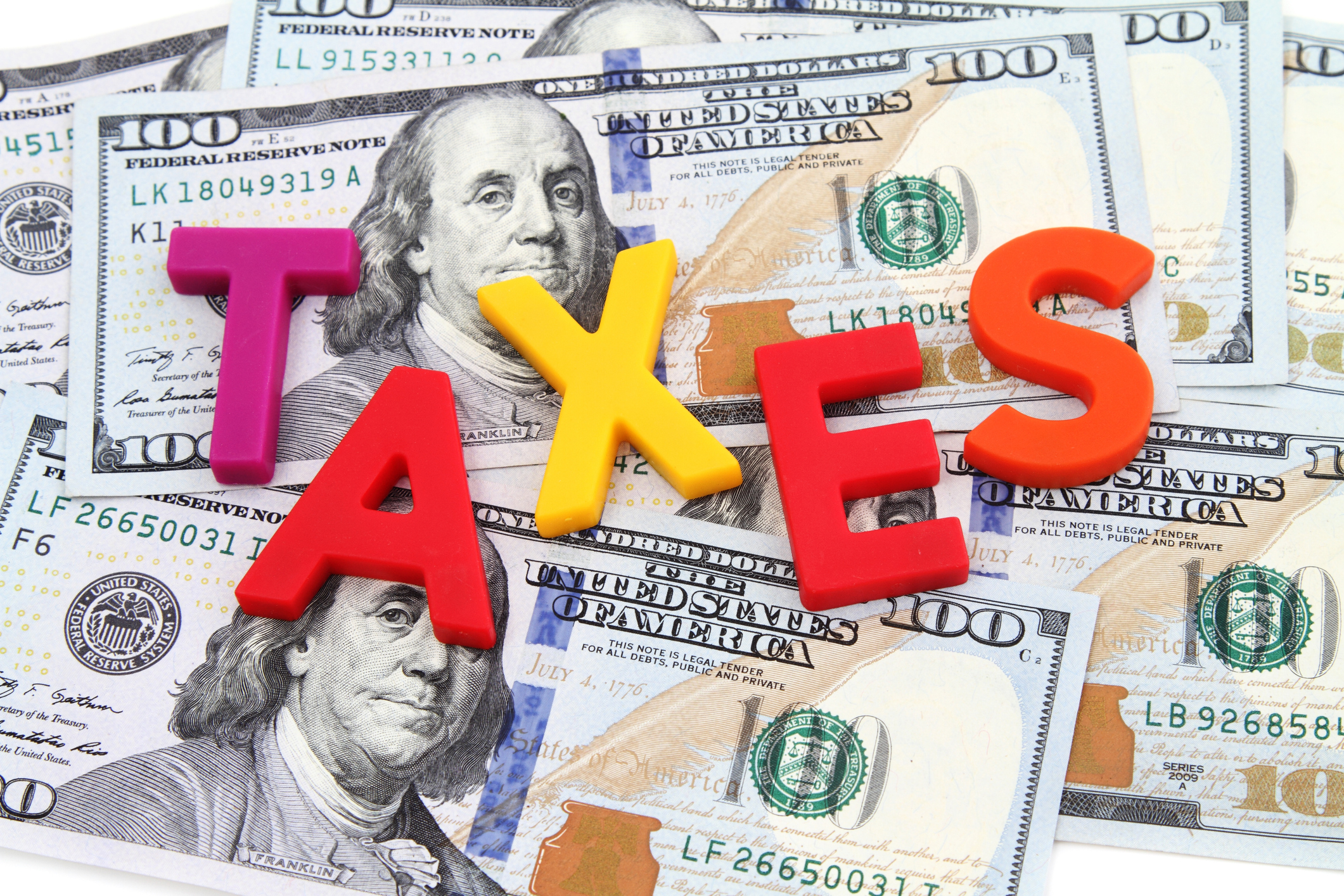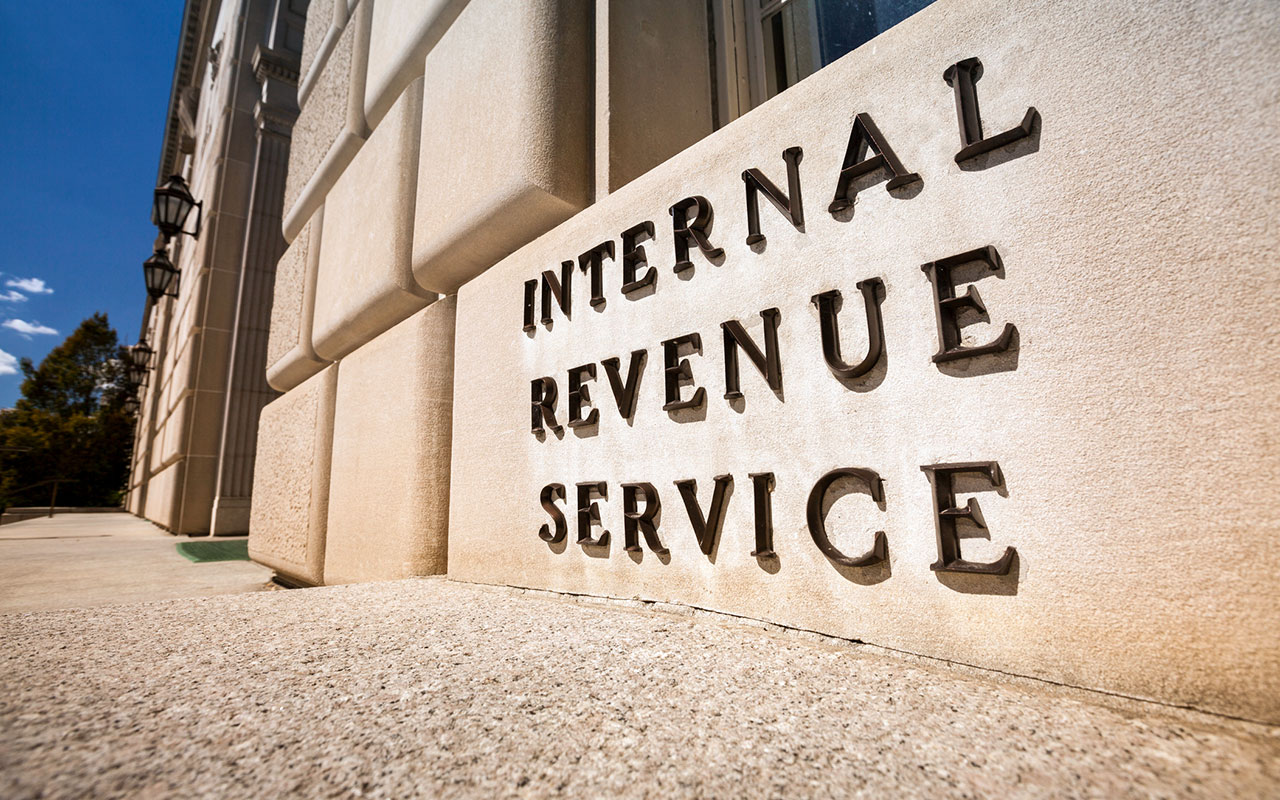Trump's ‘One Big, Beautiful Bill’ With Trillions in Tax Cuts: House Moves Forward
Is it possible to combine taxes, border security, and energy policy into a single piece of legislation to be passed within Trump's first 100 days?


President Trump wants Congress to pass a comprehensive legislative package that he's dubbed "one big, beautiful bill," with a significant emphasis on tax policy.
On his social media platform Truth Social, Trump has championed the "one powerful bill" concept — legislation covering border security, energy policy, and tax cuts. The President also highlighted populist tax proposals to eliminate taxes on tips and on overtime pay while framing his proposals as a way to "bring our Country back.”
As he has previously suggested, Trump suggested tariffs would cover the cost of the bill, positioning it as a win and continuing his economic approach from his first term. However, recent tariff announcements have rattled markets and raised concerns about a potential recession.

Sign up for Kiplinger’s Free E-Newsletters
Profit and prosper with the best of expert advice on investing, taxes, retirement, personal finance and more - straight to your e-mail.
Profit and prosper with the best of expert advice - straight to your e-mail.
What does that mean for 2025 tax reform and your tax bill going forward? Here’s more to know.
More Trump tax cuts in 'One beautiful bill?
A cornerstone of the bill would be the permanent extension of the Tax Cuts and Jobs Act of 2017 (TCJA, also known as the “Trump tax cuts”). Key provisions are set to expire at the end of 2025.
However, the proposed "big beautiful bill" would also likely introduce new measures that could impact various income groups.
- For example, Trump is proposing to eliminate taxes on tips, a move that could benefit some service industry workers but cost the federal government significant revenue.
- The bill could include changes to the cap on state and local tax (SALT) deductions that could have support from some Republican and Democrat lawmakers.
To offset the cost of tax cuts, Trump proposes sweeping and substantial tariff increases, which he announced on April 2. However, as Kiplinger has reported, tariffs can significantly increase the costs of goods and services you rely on, impacting your budget and the broader economy.
Trump's energy proposal would focus on expanding drilling rights, repealing clean energy incentives (e.g., possibly eliminating the $7,500 federal EV tax credit), and reducing environmental regulations. The goal appears to be maximizing domestic oil and gas exports while dismantling climate policies established under the Biden administration in the Inflation Reduction Act.
For border security, the bill would likely fund border wall construction, increase deportations, restrict asylum processes, and potentially deploy military resources to enforce immigration.
It's worth noting that the Congressional Budget Office (CBO) has estimated that a permanent extension of the TCJA could cost $4.6 trillion over the next ten years. So, without major offsets, extending the tax cuts will likely complicate the debate over federal fiscal policy on Capitol Hill.
House approves Senate budget blueprint for Trump tax agenda
By combining multiple policy priorities, Trump apparently wants to increase the chances of passing his agenda despite a narrow Republican majority in the House of Representatives.
House Speaker Mike Johnson (R-La.) has supported this approach, initially saying his goal would be to pass the package within the first 100 days of Trump's term, potentially by May.
"We can put it all together, one big up-or-down vote, which can save the country, quite literally, because there are so many elements to it,” Johnson said in a Fox News interview.
Johnson has continued to stress urgency, saying there is "no time to dither" and framing the eventual bill as critical to delivering Trump's agenda through budget reconciliation.
Notably, on April 5, Senate Republicans narrowly passed a budget resolution 51-48 after an all-night "vote-a-rama" session. The blueprint authorizes $5 trillion in total tax cuts ($1.5 trillion in new reductions) and raises the debt ceiling by $5 trillion.
Key elements include:
- TCJA Permanence: Full extension of the 2017 Trump tax cuts expiring in 2025
- Border Security: $175 billion for wall construction and deportation forces
- Energy: Repeal of Biden-era EV tax credit and clean energy incentives
- Process: Bypasses Senate parliamentarian rules to fast-track legislation
While this may sound good to some, the resolution faces hurdles.
On February 25, the House passed its own blueprint that proposed $4.5 trillion in tax cuts, a $4 trillion increase in the debt limit, and approximately $2 trillion in budget cuts.
Regarding their blueprint, which is just an initial step toward eventual legislation, House leaders stated in a release, "Today, House Republicans moved Congress closer to delivering on President Trump's full America First agenda --- not just parts of it."
Update: The House approved the Senate resolution in a narrow vote on April 10. Still, going forward, key differences with the Senate remain.
Medicaid cuts coming?
The GOP budget blueprint includes potentially hundreds of billions in Medicaid cuts over the next decade to help finance tax cuts that primarily benefit high-income earners. However, once fleshed out, the proposal could face opposition from some Republican lawmakers concerned about the impact on Medicaid recipients in their districts, and critics argue it could lead to millions losing healthcare coverage.
Additionally, the slim Republican majority in the House leaves little room for dissent within the party, and the bill's complexity will likely make it difficult to reach a consensus on all aspects of an eventual reconciliation bill.
Further complicating matters, the Congressional Budget Office warns that permanently extending the 2017 tax cuts could add $4.6 trillion to the national debt over the next decade — a figure that has energized Democratic opposition and given pause to deficit-conscious Republicans.
Lawmakers also face a tight timeline, needing to reconcile competing visions for education funding (where House leaders seek $330 billion in cuts compared to the Senate’s symbolic $1 billion target) before Congress departs for its Easter recess.
The outcome could hinge on whether Republicans can resolve internal divides over how aggressively to pursue spending reductions while maintaining critical programs.
In the meantime, Trump intensified pressure via Truth Social, posting: "Republicans, it is more important now, then ever, that we pass THE ONE, BIG, BEAUTIFUL BILL. The USA will soar like never before!!!"
Buckle up and stay tuned.
Related
- Is the EV Tax Credit Going Away?
- These States Will Be Hardest Hit By Trump Tariffs
- Understanding the Tax Cuts and Jobs Act
- What's Happening With Trump Tariffs?
Get Kiplinger Today newsletter — free
Profit and prosper with the best of Kiplinger's advice on investing, taxes, retirement, personal finance and much more. Delivered daily. Enter your email in the box and click Sign Me Up.

As the senior tax editor at Kiplinger.com, Kelley R. Taylor simplifies federal and state tax information, news, and developments to help empower readers. Kelley has over two decades of experience advising on and covering education, law, finance, and tax as a corporate attorney and business journalist.
-
 Americans Are Retiring Later: Will This Trend Last?
Americans Are Retiring Later: Will This Trend Last?Given a host of pressures to keep working, Americans are retiring later in life. Will regulatory and economic forces encourage you to work longer?
By Christy Bieber
-
 Trump’s Tax Cut Risks Your SNAP, Medicaid Benefits
Trump’s Tax Cut Risks Your SNAP, Medicaid BenefitsTax Cuts The GOP budget blueprint could slash lifesaving programs for millions of U.S. households.
By Gabriella Cruz-Martínez
-
 Trump’s Tax Cut Risks Your SNAP, Medicaid Benefits
Trump’s Tax Cut Risks Your SNAP, Medicaid BenefitsTax Cuts The GOP budget blueprint could slash lifesaving programs for millions of U.S. households.
By Gabriella Cruz-Martínez
-
 Missed Tax Day? Nearly One Million Taxpayers Still Can File and Claim Valuable Tax Refunds
Missed Tax Day? Nearly One Million Taxpayers Still Can File and Claim Valuable Tax RefundsTax Refunds As many as one million taxpayers could be missing out on a significant tax refund.
By Gabriella Cruz-Martínez
-
 How Many IRS Commissioners Have We Gone Through This Year?
How Many IRS Commissioners Have We Gone Through This Year?IRS Who were the former IRS commissioners, and why did they resign? Find out how IRS turnover can impact your taxes.
By Kate Schubel
-
 Which Generation Pays the Most Tax in the US?
Which Generation Pays the Most Tax in the US?Tax Burden Polls show that most people feel like taxes are unfair. But which age group bears the brunt of the tax burden in the United States?
By Kelley R. Taylor
-
 How the Trump Harvard IRS Tax Threat Could Impact You
How the Trump Harvard IRS Tax Threat Could Impact YouTax Law Trump's latest higher education showdown raises fundamental questions that could reach beyond Harvard's nonprofit tax status.
By Kelley R. Taylor
-
 Tax Day 2025: Don’t Miss These Freebies, Food Deals and Discounts
Tax Day 2025: Don’t Miss These Freebies, Food Deals and DiscountsTax Day You can score some sweet deals on April 15 in some select restaurants like Burger King, Shake Shack, and more.
By Gabriella Cruz-Martínez
-
 Tax Time: Does Your Kid Influencer Owe Taxes?
Tax Time: Does Your Kid Influencer Owe Taxes?State Tax Some minors are making big money on social media. Here’s how to know if they need to file taxes.
By Gabriella Cruz-Martínez
-
 Trump Plans to Terminate IRS Direct File program
Trump Plans to Terminate IRS Direct File programTax Filing The IRS Direct File program was piloted last year in 12 states and has since expanded to 25. But will it last under the Trump administration?
By Gabriella Cruz-Martínez